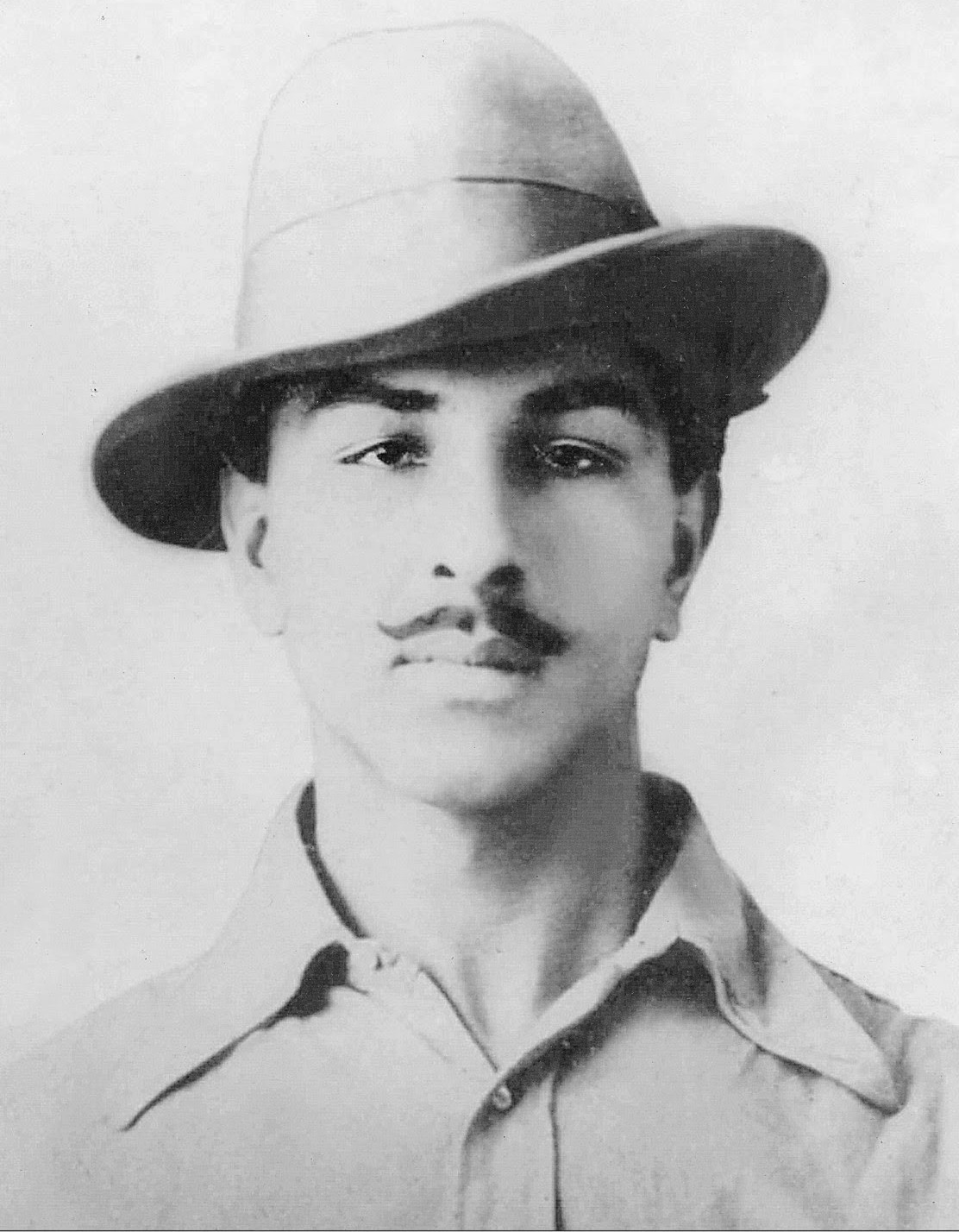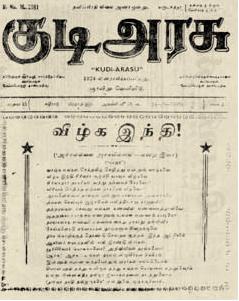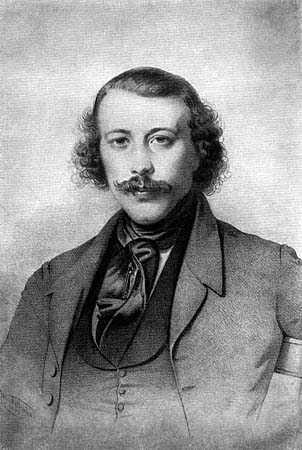|
Why I Am An Atheist
''Why I Am an Atheist'' is an essay written by Indian revolutionary Bhagat Singh in 1930 in Lahore Central Jail. The essay was a reply to his religious friends who thought Bhagat Singh became an atheist because of his vanity. Background Bhagat Singh was a member of Hindustan Socialist Republican Association, a revolutionary party in the Indian freedom struggle. He was an atheist who believed in socialism, and he wrote several articles on anarchism and socialism for ''Kirti''. He was arrested on 8 April 1929 in connection with the Central Legislative Assembly bombing case and was sentenced to 14 years life imprisonment. He was re-arrested in connection with the murder of John Saunders, a deputy superintendent of police who was killed by Sukhdev, Rajguru, and Bhagat Singh in 1928 in retaliation for the death of Lala Lajpat Rai. In that case, the trial began and he was transferred to Lahore jail. In the jail, on 4 October 1930, Baba Randhir Singh, a religious man and member of ... [...More Info...] [...Related Items...] OR: [Wikipedia] [Google] [Baidu] |
Bhagat Singh
Bhagat Singh (27 September 1907 – 23 March 1931) was a charismatic Indian revolutionary* * who participated in the mistaken murder of a junior British police officer * * in what was to be retaliation for the death of an Indian nationalist. * * He later took part in a largely symbolic bombing of the Central Legislative Assembly in Delhi and a hunger strike in jail, which—on the back of sympathetic coverage in Indian-owned newspapers—turned him into a household name in the Punjab region, and after his execution at age 23 into a martyr and folk hero in Northern India.* * * Borrowing ideas from Bolshevism and anarchism, he electrified a growing militancy in India in the 1930s, and prompted urgent introspection within the Indian National Congress's nonviolent but eventually successful campaign for India's independence.* * * * In December 1928, Bhagat Singh and an associate, Shivaram Rajguru, both members of a small revolutionary group, the Hindustan Socialist Republica ... [...More Info...] [...Related Items...] OR: [Wikipedia] [Google] [Baidu] |
Kudi Arasu
''Kudi Arasu'' (also pronounced as ''Kudiyarasu''; English: Republic) was a Tamil weekly magazine published by Periyar E. V. Ramasamy in Madras Presidency (present-day Tamil Nadu) in India. History Periyar started ''Kudi Arasu'' on 2 May 1925 in Erode with K. M. Thangaperumal pillai as the editor. Its initial publications were issued weekly on Sunday with 16 pages at a cost of one anna. In November 1925, Periyar quit the Indian National Congress after his failed attempt to bring reservation for non-Brahmins in educational institutions and government jobs. S. Ramanathan who founded Self Respect Movement in 1921 along with like minded friends, invited EVR to spearhead the Self-Respect Movement to propagate self-respect among Indians, especially Tamils. The magazine became the mouthpiece of the movement. The magazine circulated in the Tamil diaspora, for which Thamizhavel G. Sarangapani played a prominent role. It had Periyar's wife Nagammai, his sister Kannammal and his b ... [...More Info...] [...Related Items...] OR: [Wikipedia] [Google] [Baidu] |
Philosophy Of Religion Literature
Philosophy (from , ) is the systematized study of general and fundamental questions, such as those about existence, reason, knowledge, values, mind, and language. Such questions are often posed as problems to be studied or resolved. Some sources claim the term was coined by Pythagoras ( BCE), although this theory is disputed by some. Philosophical methods include questioning, critical discussion, rational argument, and systematic presentation. in . Historically, ''philosophy'' encompassed all bodies of knowledge and a practitioner was known as a ''philosopher''."The English word "philosophy" is first attested to , meaning "knowledge, body of knowledge." "natural philosophy," which began as a discipline in ancient India and Ancient Greece, encompasses astronomy, medicine, and physics. For example, Newton's 1687 ''Mathematical Principles of Natural Philosophy'' later became classified as a book of physics. In the 19th century, the growth of modern research universitie ... [...More Info...] [...Related Items...] OR: [Wikipedia] [Google] [Baidu] |
Atheism Publications
Atheism, in the broadest sense, is an absence of belief in the existence of deities. Less broadly, atheism is a rejection of the belief that any deities exist. In an even narrower sense, atheism is specifically the position that there no deities. Atheism is contrasted with theism, which in its most general form is the belief that at least one deity exists. The first individuals to identify themselves as atheists lived in the 18th century during the Age of Enlightenment. The French Revolution, noted for its "unprecedented atheism", witnessed the first significant political movement in history to advocate for the supremacy of human reason.Extract of page 22 In 1967, Albania declared itself the first official atheist cou ... [...More Info...] [...Related Items...] OR: [Wikipedia] [Google] [Baidu] |
1930 Essays
Year 193 ( CXCIII) was a common year starting on Monday (link will display the full calendar) of the Julian calendar. At the time, it was known as the Year of the Consulship of Sosius and Ericius (or, less frequently, year 946 ''Ab urbe condita''). The denomination 193 for this year has been used since the early medieval period, when the Anno Domini calendar era became the prevalent method in Europe for naming years. Events By place Roman Empire * January 1 – Year of the Five Emperors: The Roman Senate chooses Publius Helvius Pertinax, against his will, to succeed the late Commodus as Emperor. Pertinax is forced to reorganize the handling of finances, which were wrecked under Commodus, to reestablish discipline in the Roman army, and to suspend the food programs established by Trajan, provoking the ire of the Praetorian Guard. * March 28 – Pertinax is assassinated by members of the Praetorian Guard, who storm the imperial palace. The Empire is auctioned off ... [...More Info...] [...Related Items...] OR: [Wikipedia] [Google] [Baidu] |
On The Origin Of Species
''On the Origin of Species'' (or, more completely, ''On the Origin of Species by Means of Natural Selection, or the Preservation of Favoured Races in the Struggle for Life''),The book's full original title was ''On the Origin of Species by Means of Natural Selection, or the Preservation of Favoured Races in the Struggle for Life''. In the 1872 sixth edition, "On" was omitted, so the full title is ''The origin of species by means of natural selection, or the preservation of favoured races in the struggle for life.'' This edition is usually known as ''The Origin of Species.'' The 6th is Darwin's final edition; there were minor modifications in the text of certain subsequent issues. See Freeman, R. B. In Van Wyhe, John, ed. ''Darwin Online: On the Origin of Species'', 2002. published on 24 November 1859, is a work of scientific literature by Charles Darwin that is considered to be the foundation of evolutionary biology. Darwin's book introduced the scientific theory that populatio ... [...More Info...] [...Related Items...] OR: [Wikipedia] [Google] [Baidu] |
Niralamba Swami
Jatindra Nath Banerjee (Niralamba Swami) (19 November 1877 – 5 September 1930) was one of two great Indian nationalists and freedom fighters – along with Aurobindo Ghosh ( Sri Aurobindo) – who dramatically rose to prominence between 1871 and 1910. Biography Niralamba Swami was born as Jatindra Nath Banerjee on 19 November 1877 at Channa village in Burdwan district.University of Burdwan Dept. of History, "History: journal of the Department of History”, University of Burdwan, India. (edition 1998). p. 85. Page available/ref> His father, Kali Charan Banerjee, Kalicharan Banerjee, worked as a government official at Bangaon of Jessore district (now North Twenty Four Parganas) of Bengal.His early education was completed at the village school. Then he passed FA (First Arts) from Burdwan Raj College, which was then affiliated with the University of CalcuttaDurga Das Pvt. Ltd, "Eminent Indians who was who, 1900–1980, also annual diary of events", Durga Das Pvt. Ltd., Indi ... [...More Info...] [...Related Items...] OR: [Wikipedia] [Google] [Baidu] |
Common Sense
''Common Sense'' is a 47-page pamphlet written by Thomas Paine in 1775–1776 advocating independence from Great Britain to people in the Thirteen Colonies. Writing in clear and persuasive prose, Paine collected various moral and political arguments to encourage common people in the Colonies to fight for egalitarian government. It was published anonymously on January 10, 1776, at the beginning of the American Revolution and became an immediate sensation. It was sold and distributed widely and read aloud at taverns and meeting places. In proportion to the population of the colonies at that time (2.5 million), it had the largest sale and circulation of any book published in American history. As of 2006, it remains the all-time best-selling American title and is still in print today. ''Common Sense'' made public a persuasive and impassioned case for independence, which had not yet been given serious intellectual consideration. Paine connected independence with common dissenting P ... [...More Info...] [...Related Items...] OR: [Wikipedia] [Google] [Baidu] |
God And The State
''God and the State'' (called by its author ''The Historical Sophisms of the Doctrinaire School of Communism'') is an unfinished manuscript by the Russian anarchist philosopher Mikhail Bakunin, published posthumously in 1882. The work criticises Christianity and the then-burgeoning technocracy movement from a materialist, anarchist and individualist perspective. Publication ''God and the State'' was written in February and March 1871. It was originally written as Part II of a greater work that was going to be called ''The Knouto-Germanic Empire and the Social Revolution''. The first issue of '' The Anarchist'', published in 1885 in London by Henry Seymour, held an announcement of a translation into English by Marie Le Compte. The International Publishing Company announced that the profits would go to the Red Cross of the Russian Revolutionary Party. See also * Anarchism and religion * Anarchism in Russia * Criticism of Christianity * Criticism of Marxism * List of books ... [...More Info...] [...Related Items...] OR: [Wikipedia] [Google] [Baidu] |
Mikhail Bakunin
Mikhail Alexandrovich Bakunin (; 1814–1876) was a Russian revolutionary anarchist, socialist and founder of collectivist anarchism. He is considered among the most influential figures of anarchism and a major founder of the revolutionary socialist and social anarchist tradition. Bakunin's prestige as a revolutionary also made him one of the most famous ideologues in Europe, gaining substantial influence among radicals throughout Russia and Europe. Bakunin grew up in Pryamukhino, a family estate in Tver Governorate. From 1840, he studied in Moscow, then in Berlin hoping to enter academia. Later in Paris, he met Karl Marx and Pierre-Joseph Proudhon, who deeply influenced him. Bakunin's increasing radicalism ended hopes of a professorial career. He was expelled from France for opposing The Russian Empire's occupation of Poland. In 1849, he was arrested in Dresden for his participation in the Czech rebellion of 1848 and deported to Russian Empire, where he was imprisoned fir ... [...More Info...] [...Related Items...] OR: [Wikipedia] [Google] [Baidu] |
Niralamba Swami
Jatindra Nath Banerjee (Niralamba Swami) (19 November 1877 – 5 September 1930) was one of two great Indian nationalists and freedom fighters – along with Aurobindo Ghosh ( Sri Aurobindo) – who dramatically rose to prominence between 1871 and 1910. Biography Niralamba Swami was born as Jatindra Nath Banerjee on 19 November 1877 at Channa village in Burdwan district.University of Burdwan Dept. of History, "History: journal of the Department of History”, University of Burdwan, India. (edition 1998). p. 85. Page available/ref> His father, Kali Charan Banerjee, Kalicharan Banerjee, worked as a government official at Bangaon of Jessore district (now North Twenty Four Parganas) of Bengal.His early education was completed at the village school. Then he passed FA (First Arts) from Burdwan Raj College, which was then affiliated with the University of CalcuttaDurga Das Pvt. Ltd, "Eminent Indians who was who, 1900–1980, also annual diary of events", Durga Das Pvt. Ltd., Indi ... [...More Info...] [...Related Items...] OR: [Wikipedia] [Google] [Baidu] |
Sachindra Nath Sanyal
Sachindra Nath Sanyal (3 April 1890 — 7 February 1942) was an Indian revolutionary and co-founder of the Hindustan Republican Army (HRA, which after 1928 became the Hindustan Socialist Republican Association) that was created to carry out armed resistance against the British Empire in India. He was a mentor for revolutionaries like Chandra Shekhar Azad, Jatindra Nath Das, and Bhagat Singh. Early life Sachindra Nath Sanyal's parents were Bengali Brahmins. His father was Hari Nath Sanyal and his mother was Kherod Vasini Devi. He was born in Benaras, then in United Provinces, on 3 April 1890 and married Pratibha Sanyal, with whom he had one son. Revolutionary career Sanyal founded a branch of the Anushilan Samiti in Patna in 1913. In 1912 Delhi Conspiracy Trial Sanyal with Rashbehari Bose attacked the then Viceroy Hardinge while he was making entry into new capital of Delhi after annulment of Bengal Partition. Hardinge was injured And lady Hardinge died at the attack. He ... [...More Info...] [...Related Items...] OR: [Wikipedia] [Google] [Baidu] |







